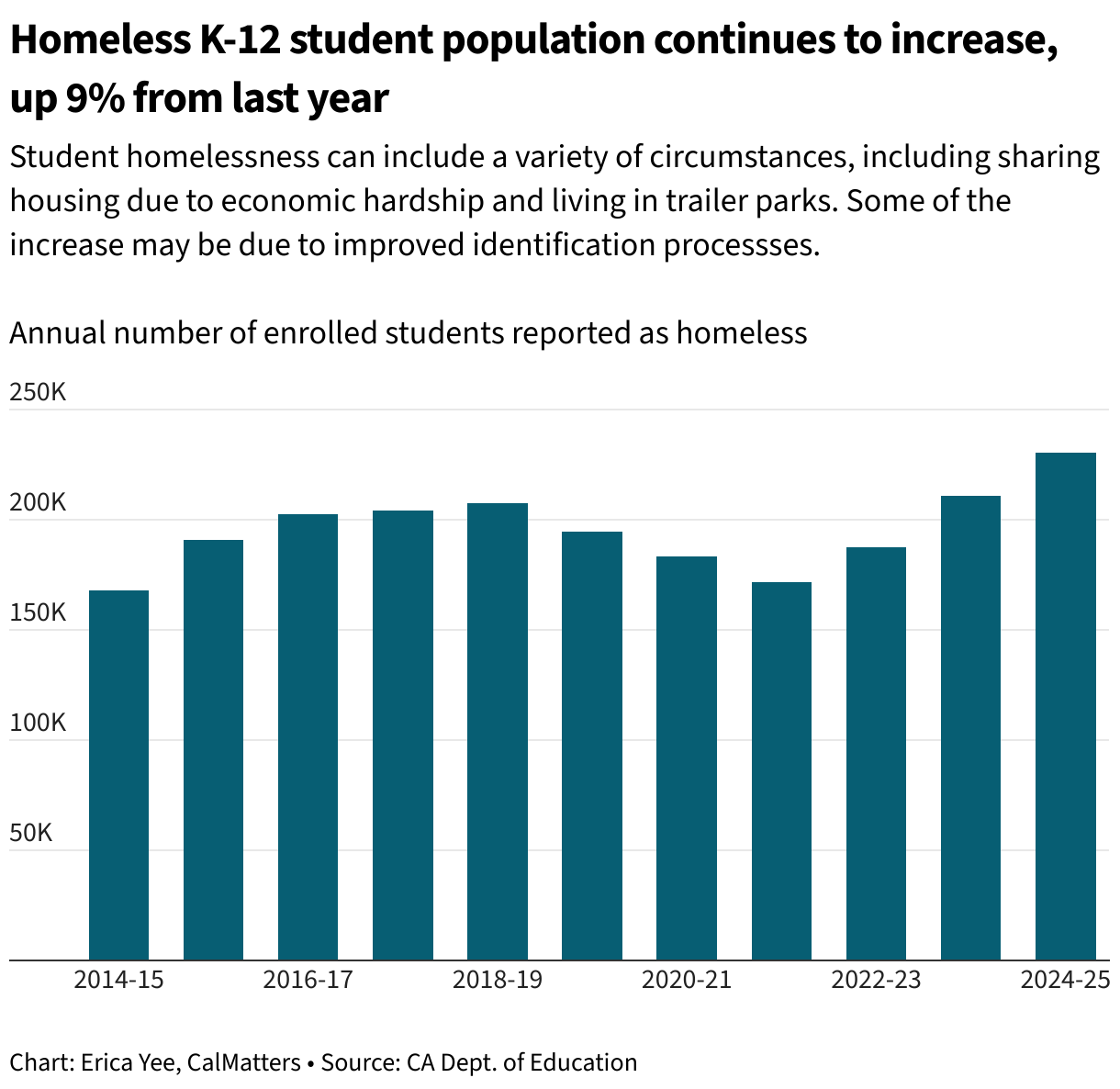The Importance of Language: Rethinking How Schools Identify Homeless Students
Across the United States, schools are grappling with the challenge of identifying and supporting students experiencing homelessness. A key strategy emerging in some areas involves a simple yet powerful shift in language. Instead of using the term “homeless,” schools are opting for more sensitive phrases like “struggling with stable housing” or “families in transition.” This approach aims to reduce the stigma associated with homelessness and encourage families to share their housing status with school officials, ultimately connecting more students with vital resources.
The Impact of Reframing the Conversation
According to educators, the word “homeless” carries significant stigma, creating a barrier to open communication. By removing this loaded term, schools can create a more welcoming and understanding environment, fostering trust and encouraging families to seek assistance without fear of judgment.
This strategy appears to be effective. For example, Kern County in California has seen a notable increase in the identification of homeless students after implementing this language shift. Last year alone, the county’s homeless student population jumped by 10%, reaching 7,200 students. These students receive essential support, including transportation, school supplies, tutoring, and other services designed to help them succeed academically.
A Statewide Trend: Increased Identification
Kern County’s experience reflects a broader trend throughout California. Recent state enrollment data reveals that the number of homeless students has risen to 230,443, a 9.3% increase from the previous year. While the state’s persistent housing shortage contributes to this increase, improved identification methods are a primary driver.
Overcoming Barriers to Identification
Identifying homeless students is crucial because these students face considerable obstacles in their education. They often experience higher rates of discipline, absenteeism, and academic struggles. In California, only 16% of homeless students met the state’s math standards last year, highlighting the urgent need for targeted support.
Under the federal McKinney-Vento Act, schools are legally obligated to identify homeless students and provide them with necessary services, including the right to remain enrolled in their original school even if they move. However, for many years, schools struggled to accurately identify these students.
Traditionally, schools have relied on forms distributed at the beginning of the school year, asking families about their living situations. However, several factors hindered the effectiveness of this approach:
- Reluctance to Disclose: Families were often hesitant to share their housing status due to fear of child welfare intervention or, in the case of immigrant families, potential contact with immigration authorities.
- Lack of Awareness: Some families were unaware that sharing housing with another family, a common situation, qualifies as homelessness under the McKinney-Vento Act.
- Inconsistent Implementation: Not all schools diligently collected or emphasized the importance of these forms.
Legislative Efforts to Improve Identification
In 2021, California took legislative action to address these challenges. A bill was passed requiring schools to train all staff members, from bus drivers to cafeteria workers, on recognizing potential signs of homelessness. These signs might include frequent moves or a lack of response to school communications. This comprehensive training appears to have made a significant difference, as the state identified 21,000 more homeless students last year, even as overall enrollment declined.
The Role of Funding and Resources
The American Rescue Plan, enacted in response to the COVID-19 pandemic, provided a significant boost to efforts aimed at supporting homeless students. The plan allocated $800 million for schools to hire counselors or train existing staff to assist these students. Additionally, approximately 120 districts in California received grant money through the McKinney-Vento Act, totaling about $15.9 million, to fund essential resources like transportation, backpacks, and staffing.
Looming Funding Cuts and Their Potential Impact
Unfortunately, these funding sources are dwindling. Most of the pandemic relief money has been spent, and proposed budget cuts threaten to eliminate McKinney-Vento funding. These cuts are particularly concerning given anticipated increases in the number of homeless families due to national policy changes, including potential reductions in Medicaid, food assistance, and other programs that support low-income families. Moreover, ongoing immigration enforcement efforts may deter families from seeking assistance.
The California Housing Crisis
California’s severe shortage of affordable housing further exacerbates the problem. Even areas like Kern County, traditionally a more affordable option, have experienced a spike in housing costs due to increased migration from more expensive regions.
The Broader Implications
Experts warn that the loss of government funding will have devastating consequences for homeless students. California, as the state with the largest population of homeless students, requires targeted and sustained support to ensure these vulnerable individuals receive the education they need and deserve.
Beyond Identification: Creating Supportive School Environments
In Kern County, efforts to support homeless students extend beyond mere identification. Schools are actively working to create more welcoming and supportive environments by:
- Pairing students with tutors and mentors.
- Providing school supplies and laundry tokens.
- Offering participation in programs like Student Voice Ambassadors, which provide opportunities to tour colleges, develop leadership skills, and explore career options.
These programs also solicit feedback from students about how to improve their school experience. For example, in response to student requests, some schools have improved bathroom cleanliness, while others have enhanced the quality of school meals. These seemingly small changes can significantly impact student attendance and engagement.
Measuring Success: Reducing Absenteeism
These comprehensive efforts have shown promising results. In Kern County, chronic absenteeism among homeless students has decreased from 45% to 39% in recent years, demonstrating the positive impact of targeted interventions.
The Uncertain Future
The potential loss of McKinney-Vento funds raises serious concerns about the sustainability of these vital programs. Without continued funding, schools may struggle to maintain the support systems that enable homeless students to thrive. The question remains: how will schools continue to meet the needs of this vulnerable population in the face of diminishing resources?

